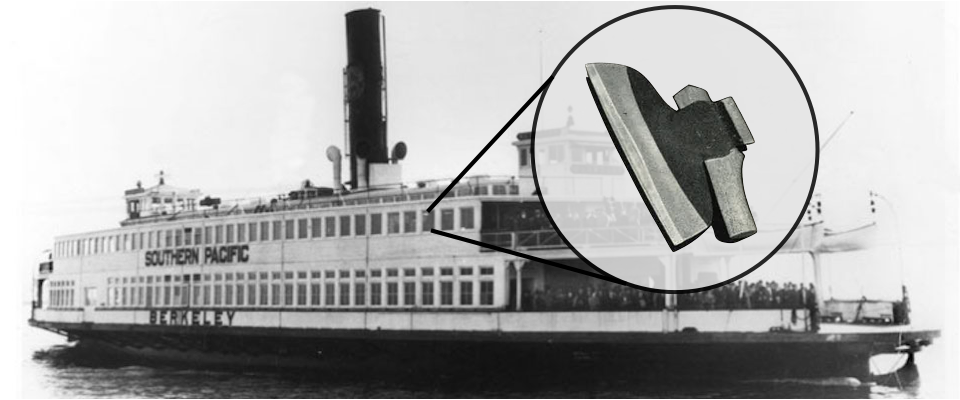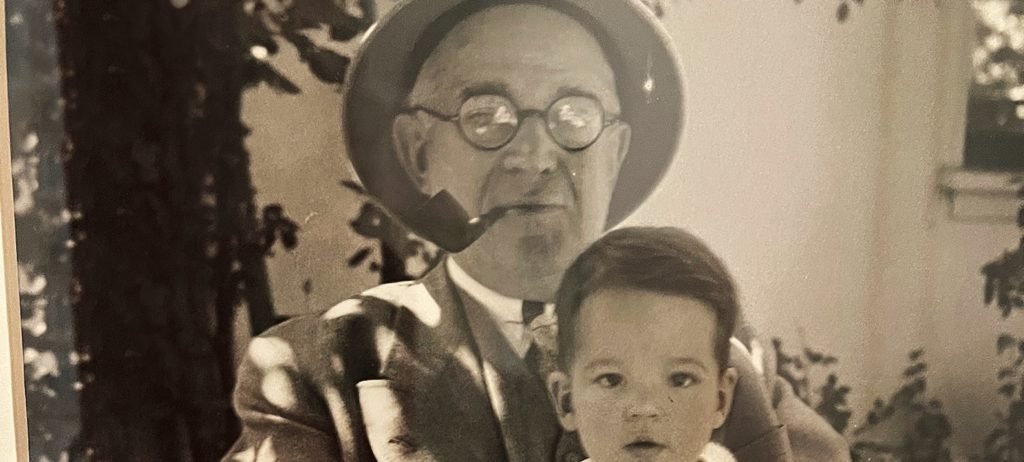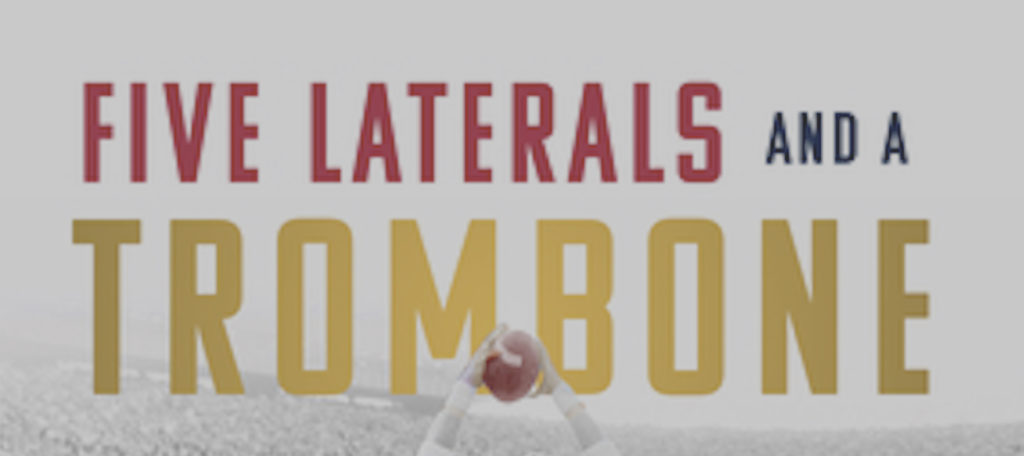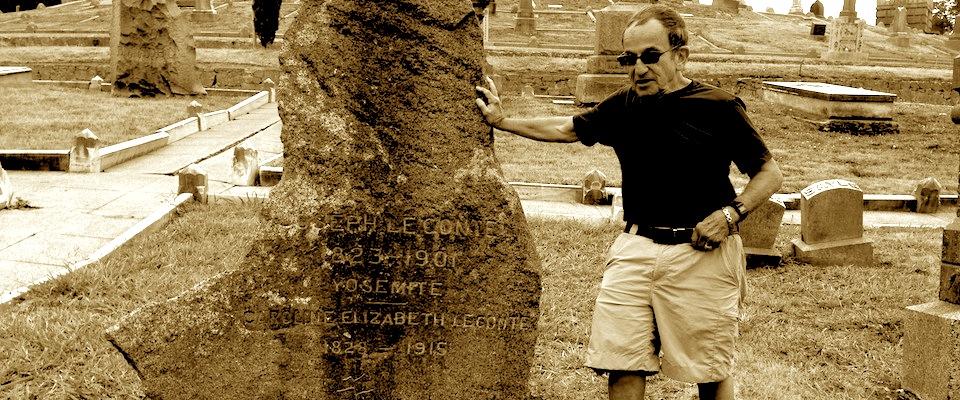For those who know, the Stanford Axe is more than just a trophy. Awarded to the annual winner of the Stanford–Cal “Big Game” (full disclosure: I’m a Stanford grad), the Axe represents one of the oldest college rivalries in the country, dating back to 1892. The origins of the Stanford Axe have been told again and again, including the infamous heist of the Axe by Cal students in 1899, and subsequent repossession by Stanford 30 years later.
Yet, some mysteries remain.
Like, how exactly did the purloined Axe make its original passage across the Bay? Over a century later, new investigations (my own) indicate that the historic steam ferryboat, the Berkeley, now moored at the Maritime Museum of San Diego, may have played a key role in the bold getaway.
The history of the Axe
Shortly after Stanford University was founded in 1891, a sports rivalry flared with cross-bay neighbor, UC Berkeley. Eight years later, Stanford and Cal put on a best-of-three baseball championship series played at a field in San Francisco’s Mission District. After Cal took the first game, Stanford held a bonfire rally, unveiling a large lumberman’s Axe painted bright red, along with a brand-new cheer: “Give ‘em the Axe, the Axe, the Axe”—a command that avid Cal fans would soon take literally. On April 15, 1899, Cal won the second game of the series setting into motion events that remain legendary to this day.
The battle for the Axe
As dejected Stanford fans filed out of the field, several Cal students hatched a plan to snatch the Stanford Axe and spirit it back to Berkeley as a triumphant, and teasing, trophy.

In a surprise ambush, a group of Cal students gained possession of the Axe, and a wild chase ensued through the streets of San Francisco while the unwieldy prize passed from hand to hand. This seemingly fabulous tale was widely chronicled; even 60 years later, an article in California Monthly featured interviews with key participants and a map of the chase.
According to accounts, the pursuit ended with Cal student Clint Miller arriving at the San Francisco Ferry Building, the Stanford Axe tucked under his overcoat. By the time he got there, police were conducting a search of young male passengers. By sheer luck, Miller spotted a former girlfriend headed to Oakland and accompanied her on board to avoid suspicion. The Axe finally made it to Berkeley where it spent the next three decades securely locked away in a safe-vault, only taken out for display at Cal’s annual Big Game rally.
Then, in 1930, Stanford students (“The Immortal 21”) recaptured the Axe during a daring daylight raid. The cool-headed wisdom of college life prevailed, however; shortly after, both universities agreed to give the Axe to the victor of the annual Big Game.
Was Berkeley the getaway boat?
My wife (Cal ‘78) and I (Stanford ‘83) pondered this question as we stood on the deck of the Berkeley at the Maritime Museum of San Diego (MMSD) last year. Since the museum staff didn’t know the answer, I decided to do my own research. First, I had to find out if the ferry was even in operation on the day of the great theft.
The mighty (or not) Berkeley was launched in October of 1898 and put into service in the SF Ferry Building-Oakland Pier route. During its 60 years of service, it ferried millions of foot passengers across the Bay until Southern Pacific (SP) ended service after the opening of the Bay Bridge. Since then, the ferry has become a National Historic Landmark and a California State Historical Landmark too.
The ferryboat was the first dual propeller-driven ferry on the West Coast. Early on, it experienced problems with steering and docking, which resulted in frequent collisions and damage from the piers. Although SP would eventually fix these problems, this cast some doubt: Could I confirm that Berkeley was operational on the day in question? Digging through newspaper articles from that time, I found no suspension of service and confirmed its operation, both before and after April 15, 1899.
Next, I had to determine if the Berkeley was the ferry that clever Clint Miller took. In a copy of The San Francisco Examiner from that date, I found an SP schedule showing more than 40 listings for service to three Oakland terminals: Mainline (Pier), Creek (downtown), and Coast (Alameda). Miller had to have taken one of these—but which one? A key clue was Miller’s claim in the California Monthly article that he took the “narrow gauge” ferry. If true, this indicated he took one of the Coast route departures to Alameda, which would effectively eliminate Berkeley from consideration since it only serviced the Oakland Pier. To be certain, however, I had to reconstruct the events of that day.
Timeline for April 15, 1899
Archives of Stanford’s publication the Daily Palo Alto indicated the baseball game started at 3 p.m., and a published scorecard recorded the game’s duration as 2.5 hours. Following a wild five-mile chase through the city, Miller estimated that he arrived at the Ferry Building an hour after the game ended, which would have been around 6:30 p.m. Afraid of being caught, he would likely have boarded the first ferry to Oakland, the 7 p.m. departure for Oakland Pier. Miller could not have taken the narrow gauge ferry as he had claimed since the last departure was at 4:15, while the game was still in progress. The last Creek ferry (6 p.m.) would have also departed by the time he arrived.
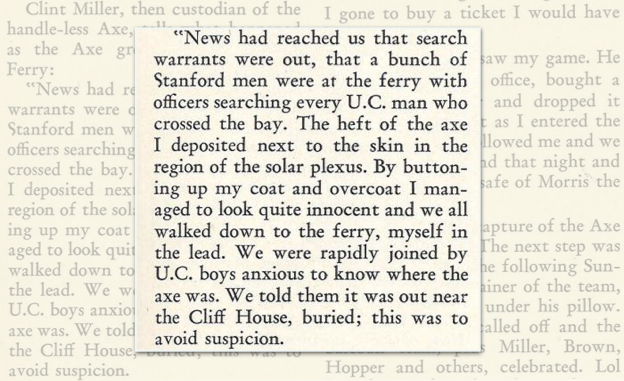
This narrowed the list of possible ferries to just two candidates: the Berkeley and the Oakland (the latter destroyed in the 1941 fire). My research indicated that these ferries were both in service along the San Francisco to Oakland Pier route at the time.
The verdict
At this point, without SP records confirming which ferry sailed to Oakland that evening, I believe there’s a 50/50 chance that Berkeley was the “getaway” boat used to smuggle the Stanford Axe across the Bay. We may never know for certain.
One final mystery remained: Why did Clint Miller insist he’d boarded the narrow gauge ferry, which my research proved impossible? I turned to maps and old photographs of the scene for answers.
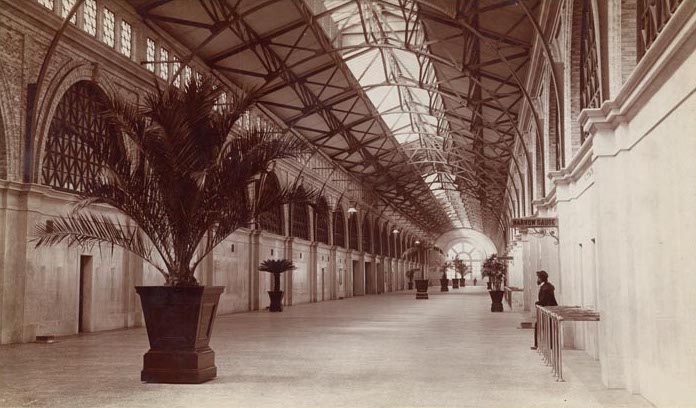
The Ferry Building, one of San Francisco’s oldest and most famous landmarks, had just opened a year prior to these events. SP erected signs directing passengers to various waiting rooms and departure gangways for their rail service destinations.
Historic photographs showed a “Narrow Gauge” sign on both the first and second floors. When I compared the location of these signs to the floor plans, they corresponded to the corridor for the Y shaped gangway for slips #6 and #7. Every photograph I could find of the Berkeley docked at the Ferry Building showed it in slip #6, while the Oakland often appeared in slip #7. When Miller arrived, Axe in tow, he likely followed the signs to the nearest gangway and boarded whichever ferry was headed to Oakland, believing it to be the narrow gauge ferry.
Let’s not forget, he was fleeing both the law and angry Stanford fans. Who could blame him if he misread the signs? Shall we cut him some slack? With the Axe?
For those curious or obsessed enough to care, a trip to the San Diego harbor to visit the Berkeley is highly recommended. For more information, visit the MMSD website and see how you can help in the preservation and restoration effort.











